In a rural area of Florida, workers at a foundry are diligently laboring away at a project commissioned by a religious group. The group hopes that the eight-and-a-half foot statue will serve as inspiration to the public.
The subject of the statue? The deity Baphomet, symbolic of and recognized by members of the Satanic Temple.
The statue will, the creators hope, be relocated upon completion to Oklahoma, where it will join a monument of the Ten Commandments on the lawn of the state capitol. The monument was paid for out of pocket by Oklahoma State Representative Mike Ritze, and because of that, it was classified as a private donation and allowed to be placed there, and was not considered to be in violation of the separation between church and state.
The monument was damaged last October, though, when a man under the influence struck it with his car, making repairs necessary. The repairs would come not from Ritze or any other private donation, but rather through tax dollars. The usage of public money for a religious monument was, in the eyes of the Temple, unconstitutional. To voice their displeasure at government spending on religious items, they commissioned the statue of Baphomet, the winged, goat-headed deity that’s come to be associated with Satanism. Baphomet’s origins, though, speak of a larger, possibly multicultural heritage.
Lucien Greaves, a spokesperson from the Temple, spoke with Vice editor regarding the Baphomet statue, and explained that although the Temple has legal recourse to pursue the addition of the statue, the state government has not been entirely enthusiastic. Greaves described being given the runaround, as well as receiving incomplete documents regarding the legality of and support for the statue. They claim that they will stop pushing for its installation if repairs to the Ten Commandments monument are not completed. However, it seems that the monument’s repairs are scheduled to happen.
When completed the statue will feature Baphomet seated, with both inverse and upright pentacles and his right hand raised. He’ll be flanked on either side by a small child, gazing up at him adoringly. While the statue might seem like an affront, Greaves explains that it’s not the case: “The message behind Baphoment is a reconciliation of the opposites, not this call to arms of one against one but a merging of the two. That’s part of the reason that it can only exist standing next to the Ten Commandments. That’s part of the message. We wouldn’t want to proselytize as a single voice in the public square.”
However, the Temple is also concerned with taking a stand for religious freedom, and are not shy about voicing their displeasure at what they see as the support and even the enforcement of one religion over all others. “This monument of Baphomet will hereafter be recognized as a central icon for the continually growing populations of Satanists, secularists, and advocates for individual liberty who refuse to bow to the arbitrary authority of archaic edicts, and refuse to accept their marginalization at the hands of thinly veiled theocrats.” In addition to the statue, the Satanic Temple, which is federally recognized as a religious group, also provides religious literature in the same manner that Bibles are distributed, and is involved in a number of community projects.
Via Vice
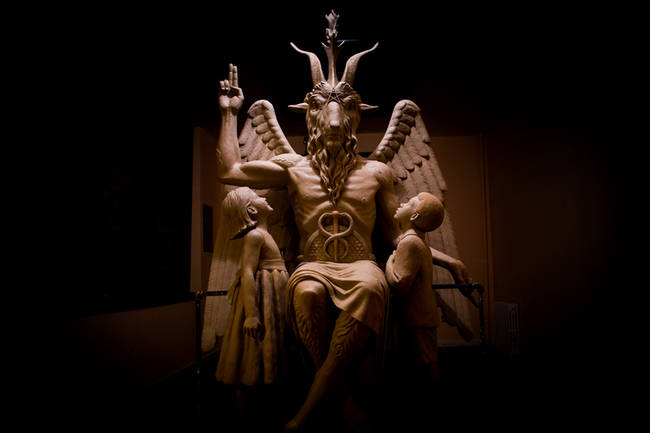 share
share
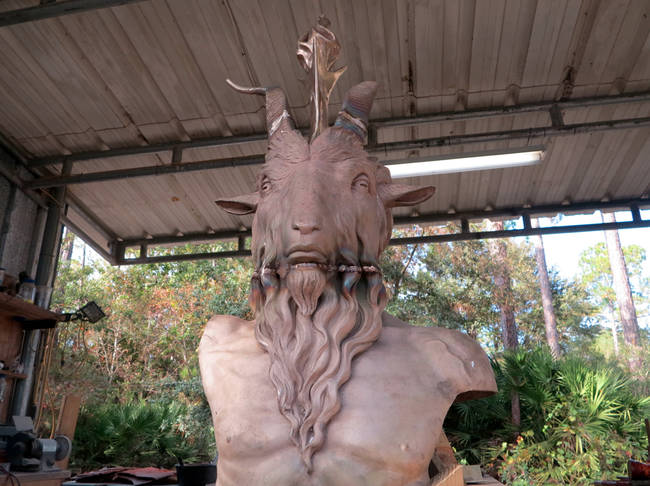 share
share
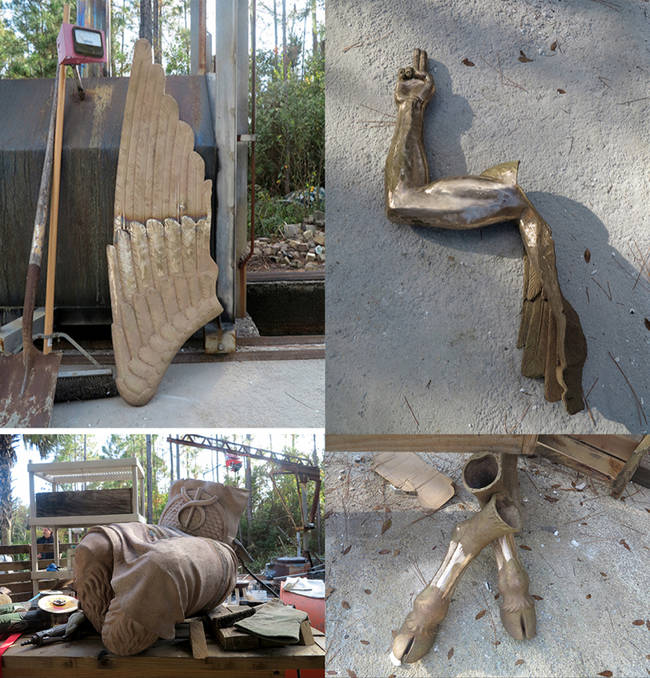 share
share
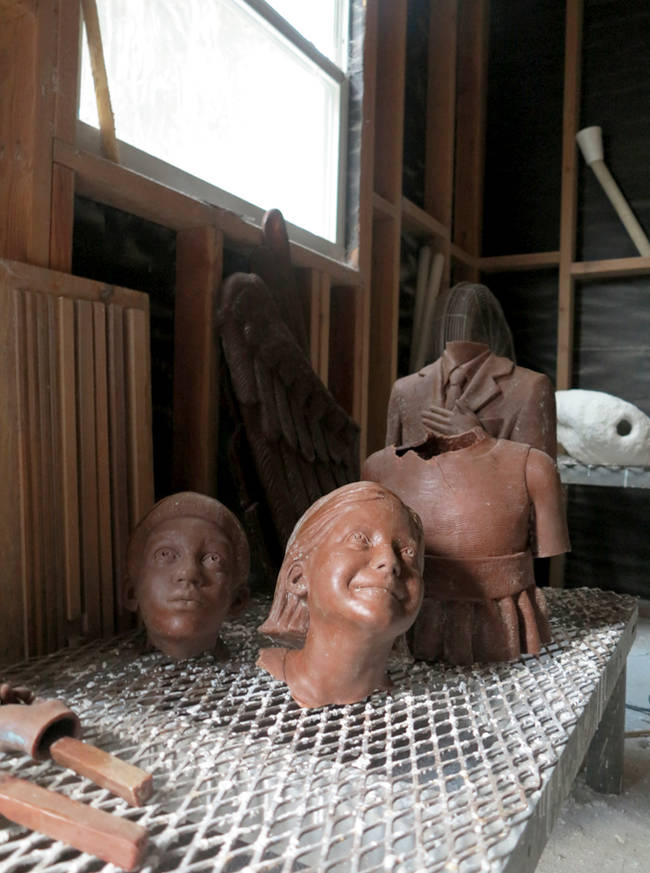 share
share
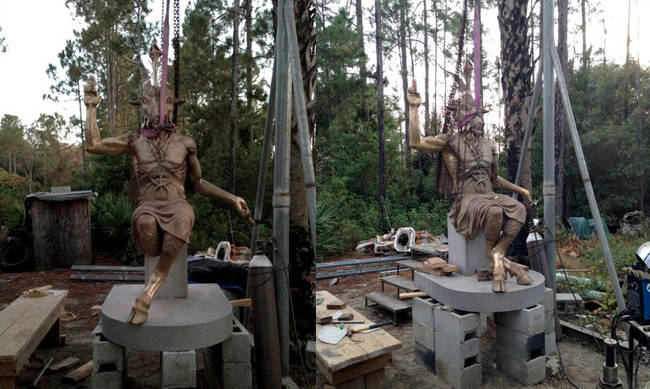 share
share



